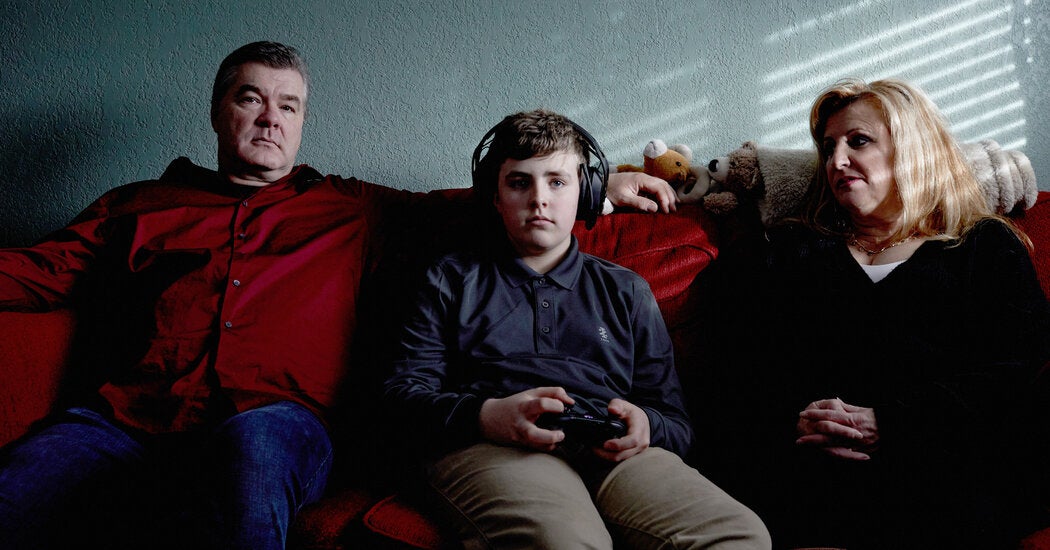Covid-19 Guidance
Advertisement
Supported by
“There will be a period of epic withdrawal,” warned one addiction specialist, once schools, activities and social life return to normal.
The day after New Year’s, John Reichert of Boulder, Colo., had a heated argument with his 14-year-old son, James. “I’ve failed you as a father,” he told the boy despairingly.
During the long months of lockdowns and shuttered schools, Mr. Reichert, like many parents, overlooked the vastly increasing time that his son was spending on video games and social media. Now, James, who used to focus his free time on mountain biking and playing basketball, devotes nearly all of his leisure hours — about 40 a week — to Xbox and his phone. During their argument, he pleaded with his father not to restrict access, calling his phone his “whole life.”
“That was the tipping point. His whole life?” said Mr. Reichert, a technical administrator in the local sheriff’s office. “I’m not losing my son to this.”
Nearly a year into the coronavirus pandemic, parents across the country — and the world — are watching their children slide down an increasingly slippery path into an all-consuming digital life. When the outbreak hit, many parents relaxed restrictions on screens as a stopgap way to keep frustrated, restless children entertained and engaged. But, often, remaining limits have vaporized as computers, tablets and phones became the centerpiece of school and social life, and weeks of stay-at-home rules bled into nearly a year.
The situation is alarming parents, and scientists too.
“There will be a period of epic withdrawal,” said Keith Humphreys, a professor of psychology at Stanford University, an addiction expert and a former senior adviser to President Barack Obama on drug policy. It will, he said, require young people to “sustain attention in normal interactions without getting a reward hit every few seconds.”
Scientists say that children’s brains, well through adolescence, are considered “plastic,” meaning they can adapt and shift to changing circumstances. That could help younger people again find satisfaction in an offline world but it becomes harder the longer they immerse in rapid-fire digital stimulation.
We are having trouble retrieving the article content.
Please enable JavaScript in your browser settings.
Thank you for your patience while we verify access. If you are in Reader mode please exit and log into your Times account, or subscribe for all of The Times.
Thank you for your patience while we verify access.
Already a subscriber? Log in.
Want all of The Times? Subscribe.
Advertisement
